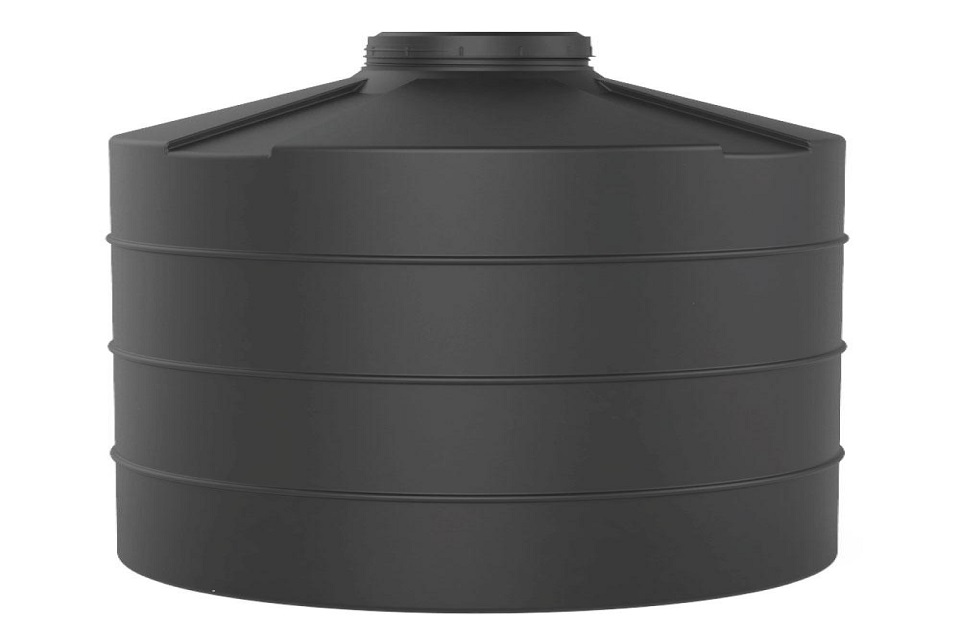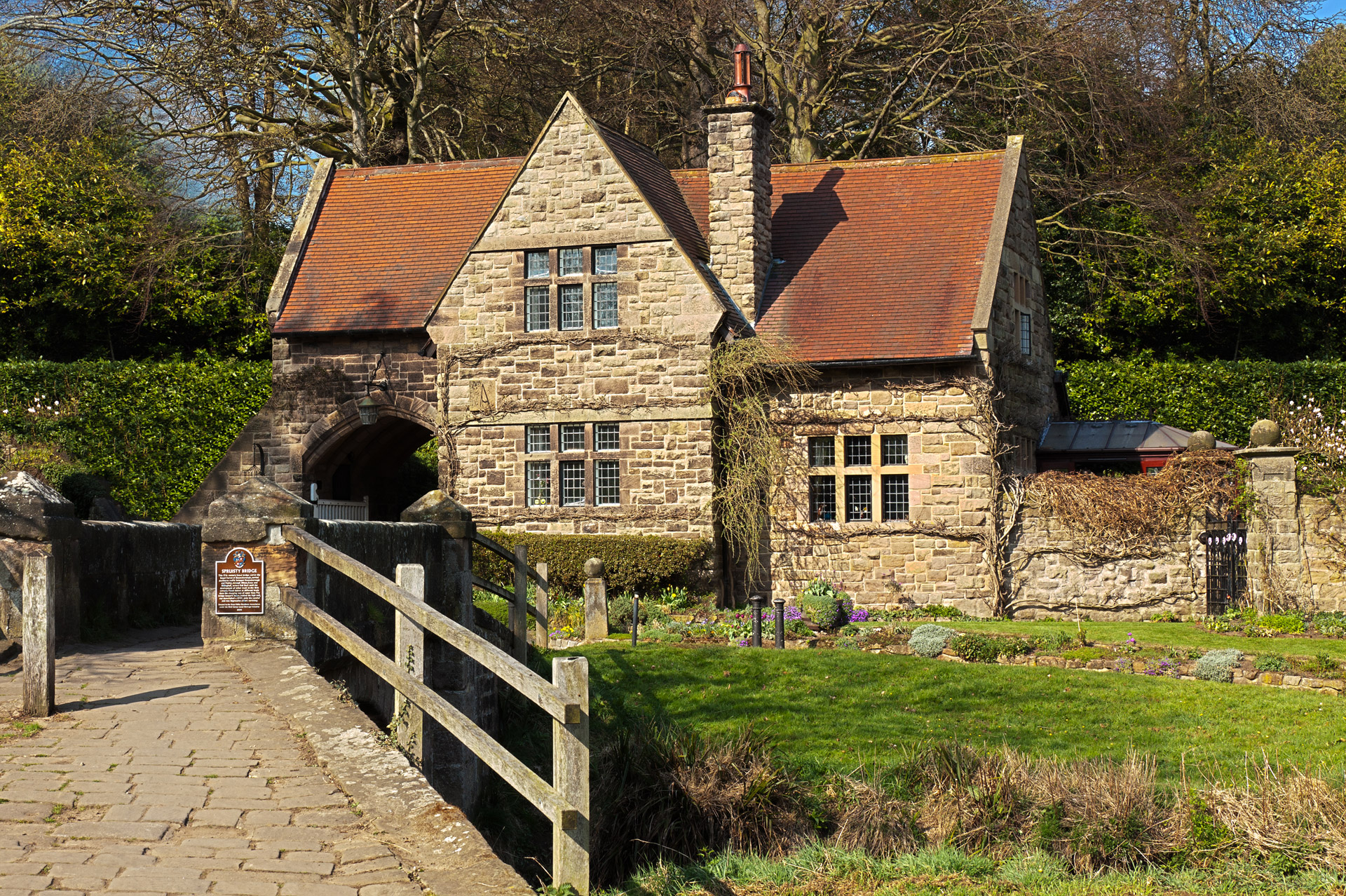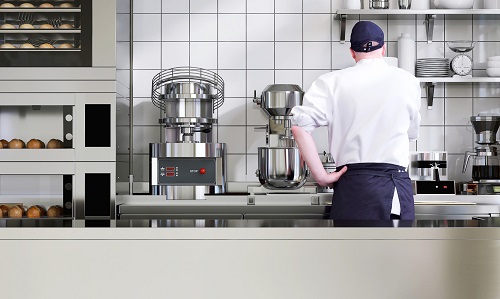Constructing your new home is a heavy project that needs great effort and time. Here, you’re not only building the foundation, installing electrical wires, decorating the interiors, and painting the walls. It would help if you also considered preparing your tanks, water supply, and sewer connection – tasks that keep you confined spaces.
Furthermore, these tasks can become quite a challenge if you’re not knowledgeable about the necessary precautions that come with them. Your safety should be the top priority when constructing your new home, and what better way to ensure such than to read through this guideline on confined spaces.
What Are Confined Spaces?
You’d think that confined spaces in residential homes would be attics, crawl spaces, and basements, but these areas don’t qualify as confined spaces. Confined spaces have limited means of entry and exit. This means that attics or basements don’t qualify since you can quickly enter and exit an attic or basement with stairs. Moreover, these areas don’t require another person to help you enter the space.
Additionally, confined spaces have hazardous conditions that could immediately endanger your safety if not properly evaluated, controlled, or identified. These spaces contain harmful chemicals in the air, potentially trapping a person due to converging walls or downward-slope floors.
Confined spaces during residential construction could mean chimneys, tanks, water supply, underground sewers, and pipes. Overall, a confined space endangers your safety due to the chemicals in the atmosphere and unstable areas of the space.
Should You Take Confined Space Training?
Construction workers, manufacturers, suppliers, and designers who work in confined spaces are the ones who require education and training on such. Likewise, these workers must comply with confined space entry permits, emergency procedures, and risk control measures before working. Doing so allows every worker to care for their safety and others reasonably.
However, if you want to work on confined spaces in your new home, you could always take the confined space training. Although you’re not legally required to take such, it is highly recommended for everyone who wants to work within confined spaces. Moreover, doing so allows you to identify hazards before the actual task, assess the risks, and implement risk control.
In the United States, a training requirement exists for employees working in confined spaces. These follow a standard incorporating different provisions based on construction-specific risks and technological advancements!
The same goes for the confined space training nsw, Australia has required. Additionally, these regulations require tests such as direct observation, practical exercises, and oral and written assessments to carry out safe and secure work.
Guidelines for Construction for Confined Spaces
You’ll most likely go through these steps when you train before starting construction in confined spaces. Moreover, each step is necessary to ensure that you’re working healthy and safely, so it’s best not to skip or ignore even one step:
Detecting Gases and Training
Training lets you know about confined spaces’ dangers. Once you enter without training or authorization, you could be subject to common hazards such as fires, drowning, explosions, or asphyxiation (or loss of oxygen).
Training will also expose you to permit-required confined spaces so that you can safely practice the duties with the help of a professional. Moreover, doing so will allow you to understand the necessary steps based on hazardous situations.
Additionally, you’ll also learn how to detect gasses in confined spaces. Since air monitoring is necessary when entering confined spaces, you’ll be trained to correctly calibrate a gas detector to learn if flammable contaminants are in the air. It would help if you remembered never to use your senses when detecting gases, as toxic gases cannot be detected by smell, sight, or sound. Doing so will endanger your health!
Filing a Written Permit
Before entering a confined space, you’d also need a written entry permit. Although filing or cancellation of a permit differs from city to city, written or printed entry documents are always necessary. These written permits inform the city of each confined space in the vicinity, the danger they pose, and the necessary help you require.
Personal Protective Equipment
You would also need the proper protective equipment. You should remember that you should always control the hazards within the space, and the personal protective equipment you wear will significantly help.
With this, your training will help you learn the different equipment to protect you based on the hazards found within the space. Likewise, you’ll learn about the uses of each gear before your work starts.
Rescue and Emergency Services
Being fully trained also ensures you’re properly trained in rescue and emergency services. Moreover, there is also a standard for a rescue plan in confined spaces. Here, the emergency services should entail knowing the site location, the type of permit given, and the rescue equipment.
Additionally, you should know the potential hazards such as atmospheric hazards, flooding, electrocution, poor lighting, falling, or chemical hazards, and the type of responses when exposed to such.
Final Thoughts
Constructing your new home considers aesthetic factors such as painting and interior design but also requires gritty factors such as construction in confined spaces. Additionally, since these areas pose a significant risk to your safety, it’s best to take the proper training and education. It’s even better to ask for professional help and advice to get a complete view of your project!









